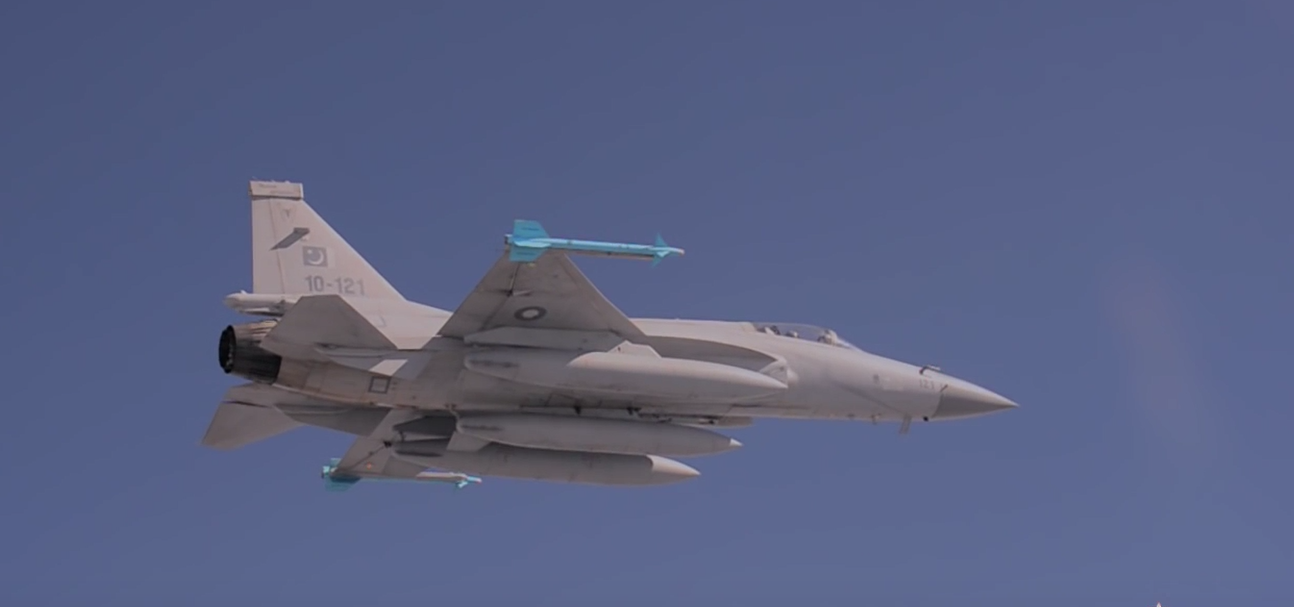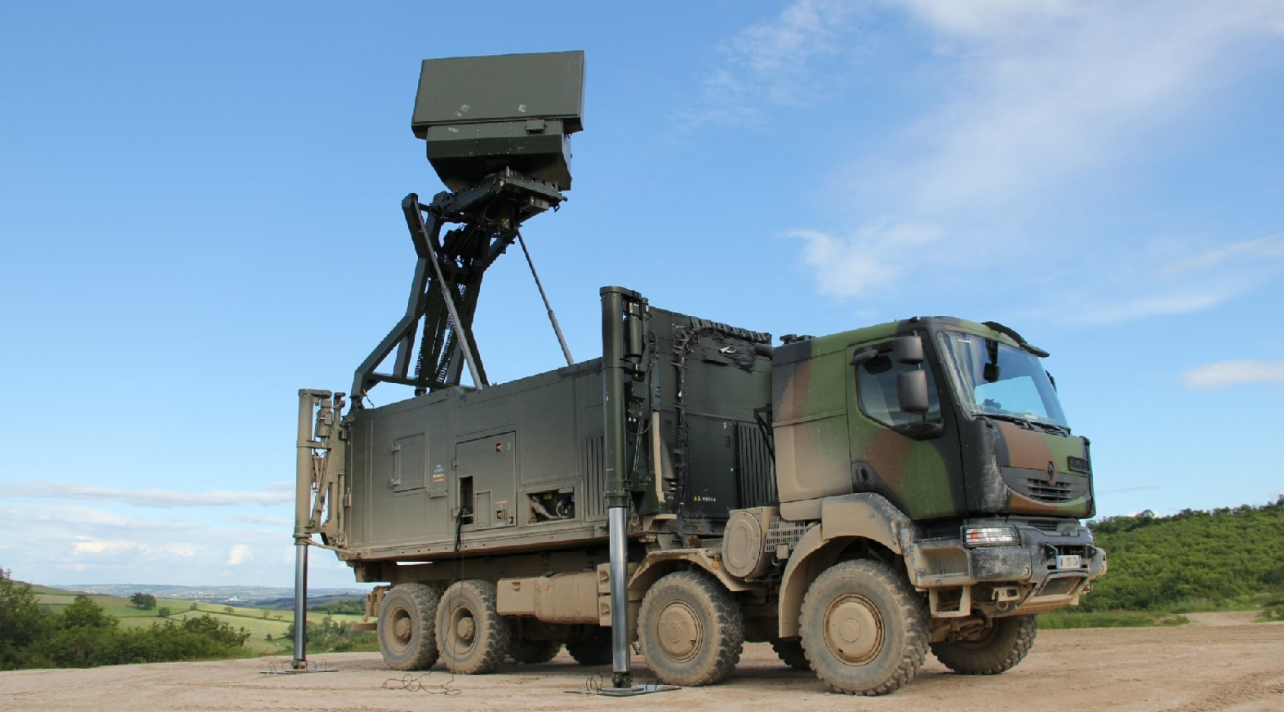38Views 7Comments

USAF seeks to expand F-16 life-extension program
The U.S. Air Force (USAF) is looking to build upon its forthcoming service-life extension plan (SLEP) for its Lockheed Martin F-16C/D Block-40/42 and Block-50/52 fighters from 4,000 to 5,856 additional hours.
The Air Force greenlit the F-16 SLEP program in April with the aim of keeping its F-16 Block-40/42/50/52 fleet in service until 2048 by extending the fighter’s airframe life from 8,000 hours to 12,000 hours.
However, in its posting to the Federal Business Opportunities (FBO) website on June 12, the Air Force increased both the hours required from the SLEP as well as the number of F-16s from 300 to 841.
Notes & Comments:
Originally, the Air Force had intended to put its F-16s through a comprehensive upgrade – i.e. the Combat Avionics Programmed Extension Suite (CAPES) – involving upgraded avionics and an active electronically-scanned array (AESA) radar. However, it stepped away from the CAPES in 2015.
Interestingly, at the beginning of June the U.S. Air National Guard (ANG) selected Northrop Grumman to upgrade 72 of its F-16s with the AN/APG-83 AESA radar. It is not clear if USAF F-16s will undergo an AESA radar upgrade, but the expansion of the SLEP and the ANG’s upgrade program show that conditions (e.g. industry participation, airframe life extension, etc) are being made to make the upgrade route possible.
In terms of international use, the vice president of Lockheed Martin’s F-16 program Susan Ouzts said in April: “Combined with F-16 avionics modernization programs like the F-16V [and] SLEP modifications demonstrate that the [F-16] remains a highly capable and affordable 4th Generation option for [the USAF] and international F-16 customers.”
Lockheed Martin is already in the process of upgrading 300 F-16s overseas (for South Korea and Taiwan) under the F-16V program, the central element of which is the AN/APG-83 AESA radar. The company hopes to acquire another 500 upgrade orders, with Bahrain, Greece and Egypt pegged as possible markets.
Lockheed Martin’s market prospects could grow substantially if it is able to develop a SLEP for F-16 Block-25 and Block-30/32 stored at the Aircraft Maintenance and Regeneration Center (AMARC). These fighters are available at low-cost, and an upgrade program involving SLEP and AN/APG-83 would transform them into viable entry-level and/or stop-gap solutions for many air forces.


